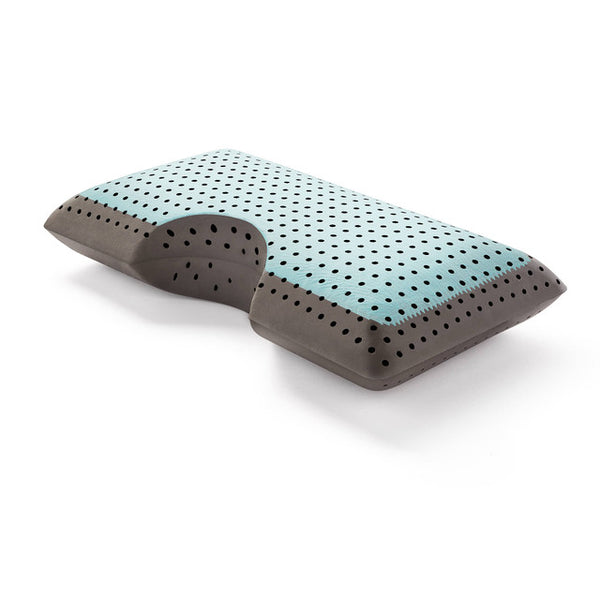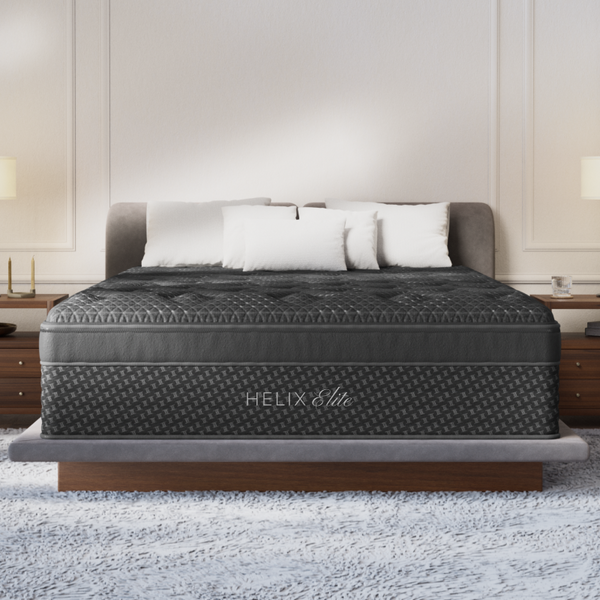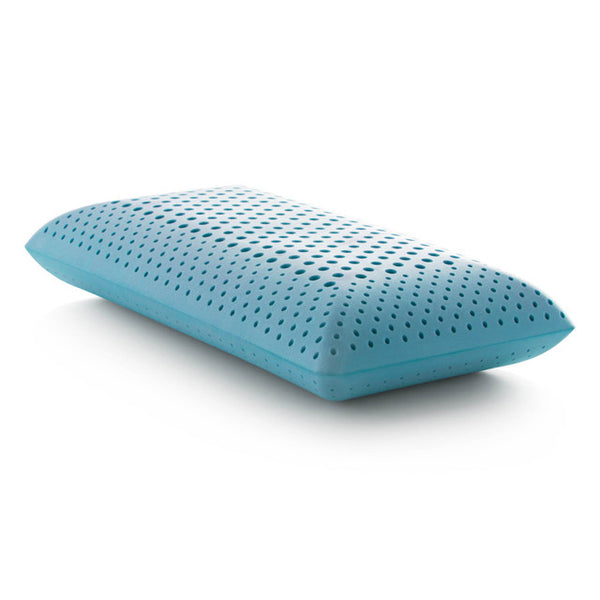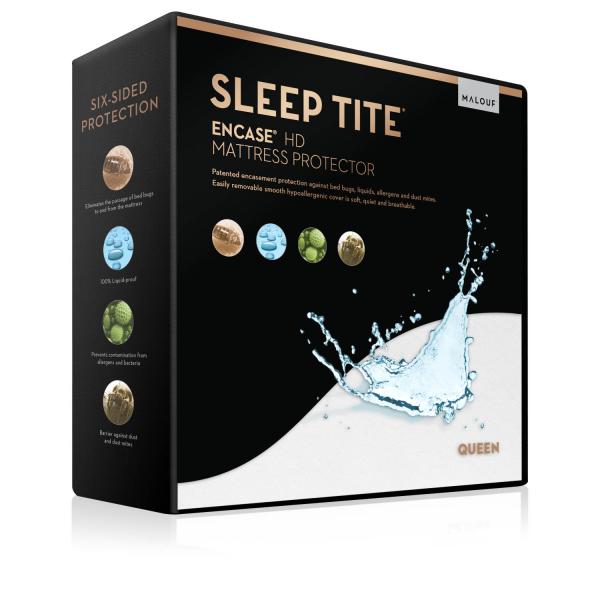
Overview
Understanding mattress comfort levels (soft, medium, firm) is crucial for a good night's sleep. Choose based on your sleeping position, body type, and personal preferences. Testing mattresses is essential for finding the right fit, and common myths about comfort should be addressed. Proper maintenance can extend the life of your mattress, enhancing your sleep quality.
Frequently Asked Questions
1. What are mattress comfort levels?
2. Who should choose a soft mattress?
3. What is the best mattress comfort level for back sleepers?
4. How do I find the right mattress for my body type?
5. Why is testing a mattress important?
When it comes to getting a good night's sleep, the comfort level of your mattress plays a pivotal role. With so many options available on the market, understanding mattress comfort levels can help you make an informed decision that aligns with your personal sleep preferences. In this article, we’ll delve into everything you need to know about mattress comfort levels: what they are, how they are determined, and how to choose the right one for your sleep style.
What Are Mattress Comfort Levels?
Mattress comfort levels refer to the degree of firmness or softness of the mattress surface. These levels can broadly be categorized into three main types: soft, medium, and firm. Each type offers different support and pressure relief characteristics, catering to various sleep positions and body types.
Soft Mattresses
Soft mattresses typically have a comfort level that allows for significant sinkage. They are ideal for side sleepers who need extra cushioning for their shoulders and hips. The soft materials, such as memory foam or plush latex, contour to the body, providing personalized support and minimizing pressure points. However, they may not offer sufficient support for back and stomach sleepers, leading to misalignment of the spine.
Medium Mattresses
Medium mattresses strike a balance between comfort and support. They offer enough cushioning to alleviate pressure points while providing adequate back support. This comfort level is often recommended for combination sleepers who change positions throughout the night. With a medium comfort level, you can enjoy the best of both worlds: softness under your hips and shoulders, along with firmness for your lower back.
Firm Mattresses
Firm mattresses provide a more rigid sleeping surface, ideal for back sleepers and stomach sleepers. They prevent excessive sinking that can lead to spinal misalignment. The firmer feel offers enhanced support for the body, which can be beneficial if you suffer from back pain. However, some individuals might find them uncomfortable, particularly if they prefer a softer surface.
Understanding Mattress Material and Its Impact on Comfort
The materials used in a mattress can significantly influence the overall comfort level. Here are some of the most common materials and how they affect mattress comfort levels:
Memory Foam
Memory foam mattresses are well-known for their plush, sink-in feel. They are designed to conform to the body, making them a popular choice for side sleepers. Memory foam can vary in density and thickness, and these factors can affect the overall firmness of the mattress. While they provide excellent pressure relief, some users report feeling trapped or hot, prompting some brands to incorporate cooling gel technologies.
Latex
Latex mattresses offer a responsive and bouncy feel, providing more pushback than memory foam. They typically come in two varieties: natural latex, which is more eco-friendly, and synthetic latex. Latex mattresses are often medium-firm, making them suitable for a wide range of sleepers. They also have great durability and can last longer than other mattress types.
Innerspring
Innerspring mattresses feature coil support systems, providing a firm sleeping surface. The comfort levels depend largely on the pillow top materials used. Innerspring mattresses often provide excellent support and breathability, making them suitable for hot sleepers. However, they may not offer as much pressure relief as foam mattresses.
How to Choose the Right Mattress Comfort Level
Selecting the right mattress comfort level involves evaluating your sleeping position, personal preferences, and body type. Here are several factors to consider:
Sleeping Position
- Side Sleepers: Soft to medium mattresses are generally recommended as they contour to the body, reducing pressure on the shoulders and hips.
- Back Sleepers: Medium to firm mattresses provide optimal support, allowing for proper spinal alignment.
- Stomach Sleepers: Firm mattresses help prevent the lower back from sagging, keeping the spine in a neutral position.
Body Type
Your body type can influence how a mattress feels. Heavier individuals may prefer firmer options, as they provide extra support and prevent excessive sinkage. Lighter individuals might benefit from softer mattresses, as a softer surface can better contour to their bodies for enhanced comfort.
Personal Preference
Your personal comfort preference plays a critical role in your mattress choice. If possible, visit a store to test various mattresses. Pay attention to how each one makes you feel in terms of support and comfort. Remember, what works for one person may not work for another, so trust your instincts.
The Importance of Testing Your Mattress
Ultimately, the best way to determine the perfect mattress comfort level for you is through testing. Many retailers offer extensive trial periods, allowing you to sleep on the mattress for a specified time before making your final decision. This trial period can be crucial, as it can take time for your body to adjust to a new mattress.
Addressing Common Myths About Mattress Comfort Levels
Despite the wealth of information available, several myths persist related to mattress comfort levels. Let’s address a few common ones:
Myth 1: A mattress must be firm to provide support
This is not necessarily true, as the optimal support level depends on individual sleeping preferences. A medium mattress may provide better support for certain sleepers by alleviating pressure points without sacrificing spinal alignment.
Myth 2: Soft mattresses are only for side sleepers
While soft mattresses are indeed popular with side sleepers, they can also be beneficial for lighter back sleepers who may prefer a softer surface for additional comfort. It's all about finding the right balance for your unique needs.
Myth 3: More expensive means more comfort
Price does not always indicate comfort level. While high-quality materials can contribute to a better sleeping experience, it's essential to focus on your personal comfort rather than just the price tag.
Maintaining Your Mattress for Longevity
Once you have chosen the perfect mattress comfort level, it’s important to maintain it for longevity. Here are some tips to extend the life of your mattress:
- Rotate Regularly: Rotating your mattress every few months helps distribute wear evenly.
- Use a Mattress Protector: Protect your mattress from spills, stains, and allergens.
- Avoid Jumping on the Bed: This can cause damage to the internal coils and structure.
Unlocking Your Sleep Potential
Understanding mattress comfort levels and their impact on your sleep can transform your nightly rest. With the right type of mattress, tailored to your personal preferences, you can enhance your sleep quality and overall well-being. Whether you need a soft, medium, or firm solution, it pays to do a little research and select according to your need. An informed decision leads to better sleep, making you feel refreshed and energized each morning. So dive into your mattress journey and unlock the sleep potential that awaits!









